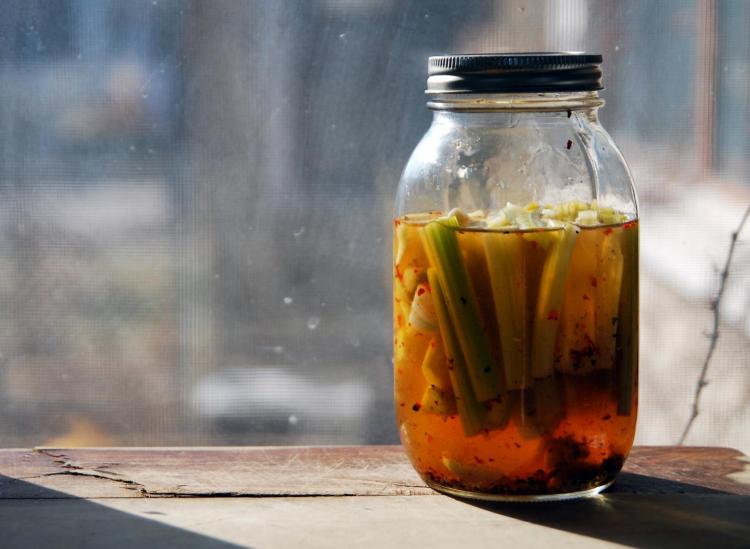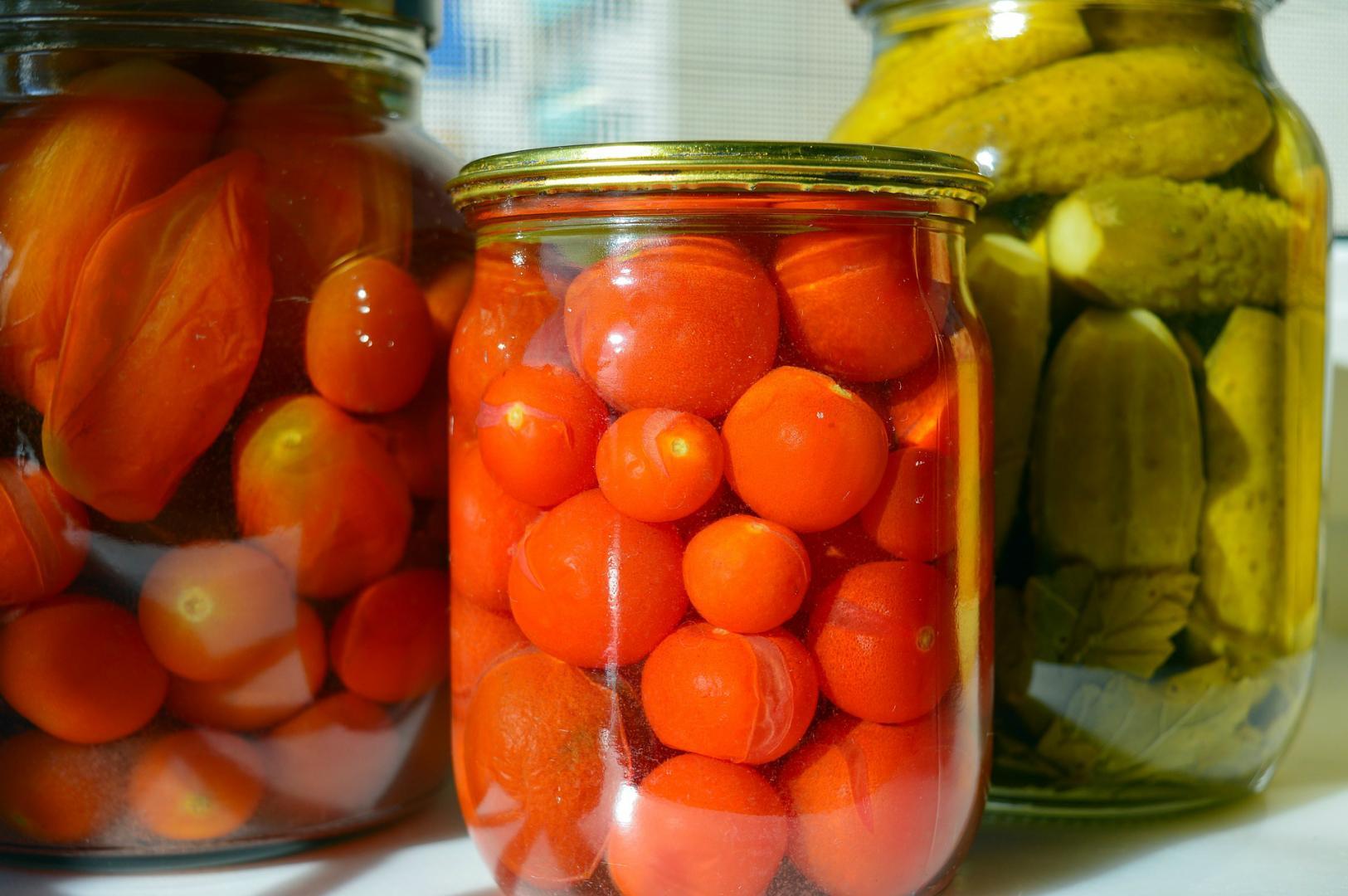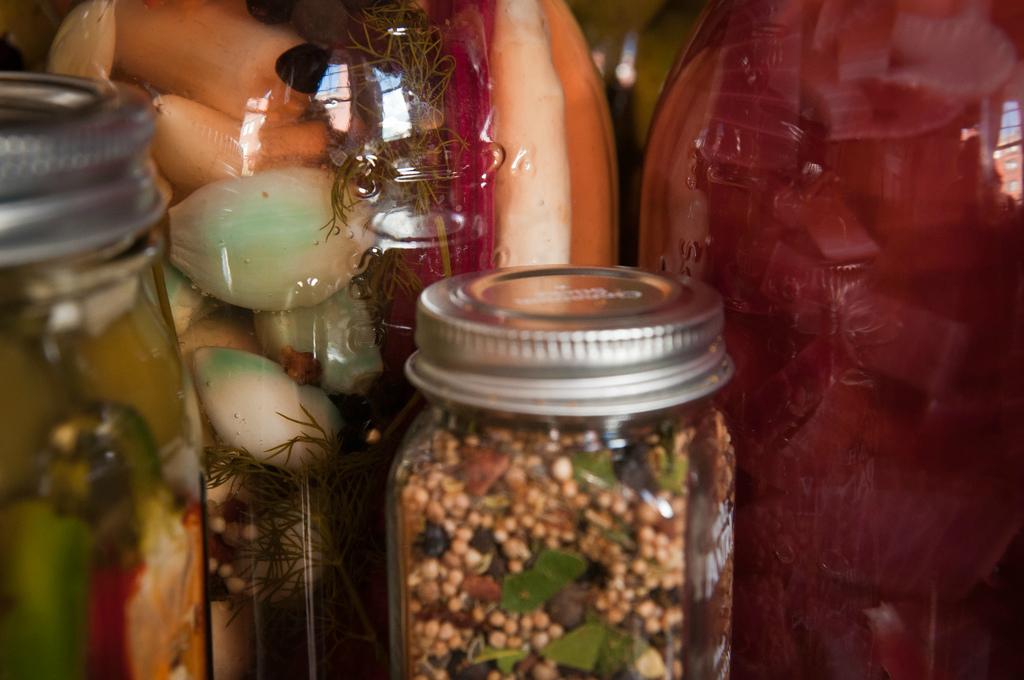Here’s An Easy Guide To Pickling Your Own Veggies

Flickr/Jenny Salita/CC BY
The best way to preserve any fresh veggie is to pickle it. This is the perfect solution for savoring those summer veggies you bought at the farmer’s market. It’s hard to understand why some people don’t like pickles. What’s not to love about a healthy snack with that perfect tang, crunch and spice combo?
Pickles can spice up just about anything you’re eating. They’re kind of amazing that way. Pickling is the best method for stretching your produce into those cool post-summer months. Don’t get intimated by the pickling process or assume it’s overly time-consuming. You just need vinegar, salt, sugar and spices. Here’s your guide to easy pickling.

Pixabay
1. Start Off With Your Produce Base
Pick your veggies and fruits of choice. You can pickle watermelon rinds, pears, mangos, peaches or pineapple for some tangy fruit snacks. On the veggie side, go for green beans, beets, cauliflower, ramps (wild leeks), eggplant, okra, bell peppers, carrots, cucumbers and the list goes on. Wash everything and chop your produce into the shape you want. For vegetables like green beans, okra, peppers, carrots and beets, you might want to give them a head start by blanching them first. Divide them into canning jars or heatproof plastic containers that are sealable.

Flickr/Kate/CC BY
2. Add Flavorings To The Jars
This is when you can get creative with anything floating around your pantry. Treat the spice mixture like you’re making a vinaigrette or a marinade. Add any fresh or dry flavors at this point. Garlic and ginger are always good choices. Although too much of a spice like celery seed, turmeric or garlic can overpower the fruit or vegetable, so use your best judgment.
Try a combination of celery seed, dried chili peppers, cumin seed, dill seed, mustard seed, pickling spice, turmeric and bay leaf for a dry spice mixture. Peppercorns and mustard seeds are also a good way to go. You could also go with fresh ingredients like whole dill, oregano, horseradish and shallots. Taste the spice mixture before you shut the lid since the flavors will continue to age once the jars are sealed.

Flickr/Robert Judge/CC BY
3. Make Your Pickling Brine
Apple cider vinegar is a great choice for the vinegar with a natural sweetness and tartness. A lot of recipes will call for distilled white vinegar, but ACV gives you a flavor boost without any added spices or ingredients. You should make a brining base that’s equal parts vinegar and water. For the dry ingredients, start with about two tablespoons salt and a half cup of sugar. You can scale up as necessary.
To make the brine, combine vinegar, water, sugar and sea salt in a large saucepan. Brill the mixture to a boil and stir until everything is dissolved. Let it boil for about two to three minutes and then remove it from the heat. Pour the brine over the fruit or vegetables, with the spice mixture, until it’s about a half inch from the rim.

Unsplash
Pickling time can vary depending on what you’re using. For most vegetables without a super thick rind (pickles or okra), seal the lids tight and refrigerate for a minimum of 24 to 48 hours. Tap the jar a few times to get rid of any excess air bubbles. If you’re just playing around and don’t actually need them right away, leave the cans sealed for about a month for the best results. The longer the better with pickles.
Here’s a simple recipe by The Kitchn for making your own quick pickles.











